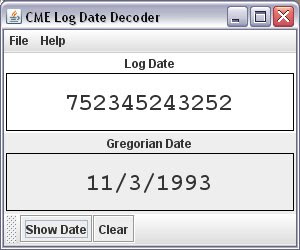A report run containing information for all of the representatives is a bit more involved. Each representative's file is opened individually and the values for the number of calls taken are saved into an array of strings. This string array is then converted to an integer array. The process is then repeated for each representative's file and the new call value added to the current one in the integer array. Eventually all of the information is compiled. Then the array of integers is converted back into an array of strings and these strings appended together to create the output report in the JTextArea.
Originally I was going to make the reporting call a JMenuItem instead of its own JTabbedPane, however that was becoming a bit too cumbersome. Any changes needed in the future would be more difficult with all of the reporting code in the same java file as the button panel code. So they were split apart into separate JTabbedPanes for my peace of mind. Also, some of the values are hard coded into the program, specifically the representative's names and the month/year values. Any changes that are made would require the entire program to be compiled again and a replacement executable generated. Eventually I may make these values editable by anyone, but for now the program is ready to be pushed out to the call center.
